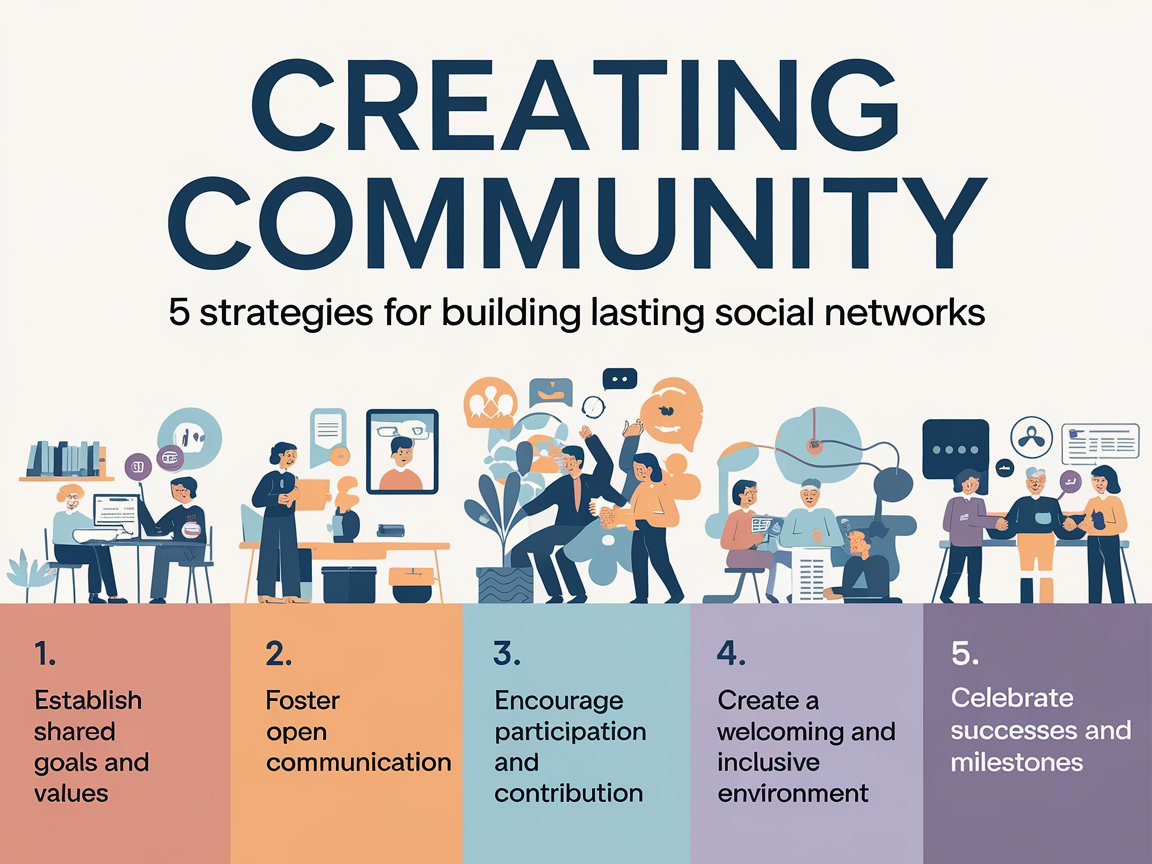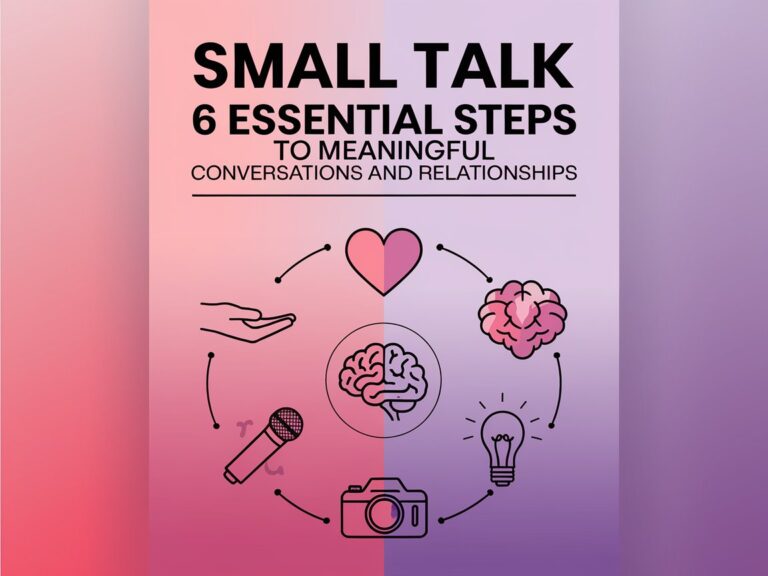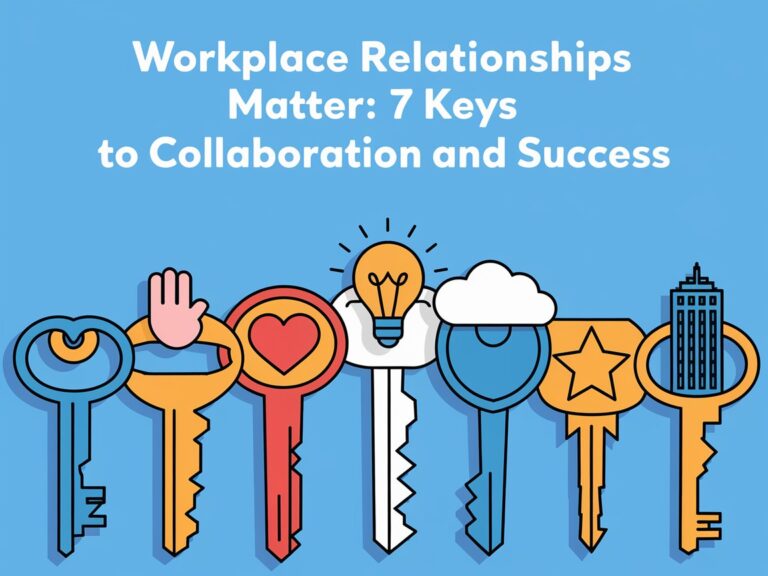Creating Community: 5 Strategies for Building Lasting Social Networks
In an increasingly interconnected world, the concept of community has evolved significantly.
A community is no longer confined to geographical boundaries; it encompasses groups united by shared interests, goals, and values. Building lasting social networks is essential for personal growth, emotional well-being, and professional development. It creates a sense of belonging, fosters collaboration, and provides support in various life stages. This article will explore five effective strategies for creating community connections that endure and thrive.
Strategy 1: Identify Common Interests
A. Importance of Shared Interests in Fostering Connections
Common interests are the foundation of any strong relationship. When people share hobbies, passions, or goals, it creates a natural bond that encourages interaction and collaboration. Identifying shared interests is the first step in building a community where individuals feel connected and valued.
B. Techniques for Discovering Common Interests
- Host Interest-Based Events
Organizing events centered around specific interests can attract like-minded individuals. For example, consider hosting a book club, cooking class, or sports meetup. Such gatherings provide a relaxed environment for participants to engage in conversations, share experiences, and develop friendships. - Use Social Media Platforms for Interest Groups
Social media is a powerful tool for finding and connecting with others who share your interests. Platforms like Facebook and Meetup allow users to create or join groups based on hobbies, professions, or causes. Engaging in these groups by participating in discussions, sharing insights, or attending virtual events can lead to meaningful relationships.
C. Examples of Successful Interest-Based Communities
Many successful communities have emerged from shared interests. For instance, the World Wide Knit in Public Day brings together knitting enthusiasts globally, fostering connections through a shared love for knitting. Similarly, Local Hiking Clubs create bonds among outdoor enthusiasts, promoting not only physical health but also social interaction.
Strategy 2: Foster Open Communication
A. The Role of Effective Communication in Community Building
Open communication is crucial for any community. It helps build trust, encourages participation, and allows members to express their thoughts and feelings freely. When individuals feel heard and valued, they are more likely to remain engaged and contribute positively to the community.
B. Tips for Encouraging Open Dialogue
- Active Listening Techniques
Encourage active listening within your community by modeling this behavior yourself. Active listening involves fully concentrating on what the speaker is saying, understanding their message, and responding thoughtfully. By demonstrating active listening, you create a culture where individuals feel respected and appreciated. - Creating Safe Spaces for Discussion
Establishing safe spaces for dialogue is essential, especially when discussing sensitive topics. This can be done by setting ground rules for discussions, such as respecting differing opinions and maintaining confidentiality. When members feel safe to express themselves, it fosters deeper connections and understanding among participants.
C. Tools for Enhancing Communication
To facilitate communication, consider using digital tools such as group chats, forums, or collaborative platforms. Applications like Slack, Discord, and WhatsApp can help streamline communication, allowing members to stay connected and engaged. Regularly check in with community members through surveys or polls to understand their needs and preferences better.
Strategy 3: Volunteer Together
A. Benefits of Shared Experiences in Community Service
Volunteering is a powerful way to strengthen connections within a community. When individuals come together to support a common cause, they share experiences that foster camaraderie and a sense of purpose. Collaborative efforts can lead to lasting friendships as individuals bond over their commitment to making a difference.
B. Identifying Local Volunteer Opportunities
Start by researching local organizations and initiatives that align with your interests or values. Websites like VolunteerMatch and Idealist can help you find opportunities in your area. Consider organizing group volunteering events, such as community clean-ups, food drives, or fundraisers, to encourage participation and build connections among community members.
C. Building Bonds Through Teamwork in Service Projects
Teamwork is essential in volunteer projects. Working together toward a common goal encourages collaboration and communication, strengthening relationships. After a volunteer event, consider hosting a gathering to celebrate achievements and reflect on experiences. This informal setting allows individuals to share stories, laugh, and solidify connections formed during the volunteering experience.
Strategy 4: Leverage Technology
A. Utilizing Digital Platforms to Connect
In today’s digital age, technology plays a vital role in building and maintaining social networks. It offers unique opportunities to connect with others, regardless of geographical location. Utilizing digital platforms can enhance engagement and foster relationships within your community.
- Social Media Networks
Platforms like Facebook, Instagram, and Twitter allow individuals to share experiences, ideas, and resources. Creating a dedicated page or group for your community can keep members informed about upcoming events, discussions, and initiatives. - Online Community Forums
Websites like Reddit and specialized forums provide spaces for members to engage in discussions on specific topics. Encouraging participation in these platforms can help strengthen bonds as individuals share their knowledge and experiences.
B. Strategies for Virtual Engagement and Support
Organize virtual events such as webinars, online workshops, or game nights to keep members engaged, especially if they cannot meet in person. Consider creating a virtual mentorship program that pairs experienced members with newcomers, fostering growth and learning within the community.
C. Balancing Online and Offline Interactions
While technology can enhance connections, it’s essential to balance online and offline interactions. Encourage members to participate in in-person events whenever possible to solidify relationships. Establishing a rhythm of both digital and face-to-face interactions can help maintain engagement and strengthen community bonds.
Strategy 5: Organize Regular Meetups and Events
A. Importance of Face-to-Face Interactions in Strengthening Relationships
Face-to-face interactions are vital for building strong connections. They allow for non-verbal communication, which can enhance understanding and emotional bonding. Regular meetups can help foster a sense of community and belonging, making members feel more connected.
B. Types of Events to Organize
- Workshops and Skill-Sharing Sessions
Organizing workshops where members can teach each other skills fosters collaboration and learning. Whether it’s a cooking class, art workshop, or tech tutorial, these events provide opportunities for individuals to showcase their talents while strengthening community ties. - Networking Events
Hosting networking events can help members expand their social and professional networks. Encourage attendees to share their goals and interests, creating a space for meaningful connections to develop. - Casual Meetups
Sometimes, the best connections happen in informal settings. Organize casual meetups at local cafes, parks, or community centers to provide a relaxed environment for members to socialize and engage in conversation.
C. Tips for Successful Event Planning and Execution
When planning events, consider the following tips for success:
- Set Clear Objectives: Define the purpose of the event and communicate it clearly to participants.
- Promote Widely: Utilize social media, email newsletters, and community boards to promote events and encourage attendance.
- Gather Feedback: After each event, gather feedback from attendees to understand what worked well and what could be improved. Use this information to refine future events and enhance community engagement.
Conclusion
Building a lasting community is a rewarding endeavor that requires effort, intention, and commitment. By implementing these five strategies—identifying common interests, fostering open communication, volunteering together, leveraging technology, and organizing regular meetups—you can create a vibrant social network that thrives on connection and collaboration.
As you embark on your journey to create a community, remember that every relationship takes time to develop. Be patient, remain open to new experiences, and actively engage with those around you. The connections you build will enrich your life and the lives of others, creating a sense of belonging and support that lasts for years to come. Start today, and watch your community flourish!



